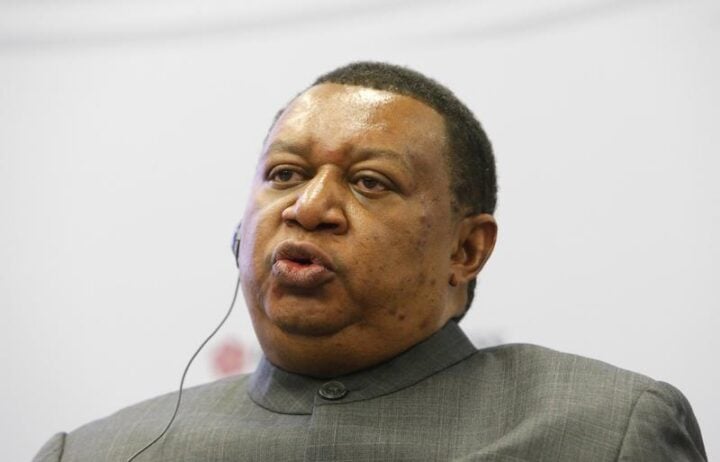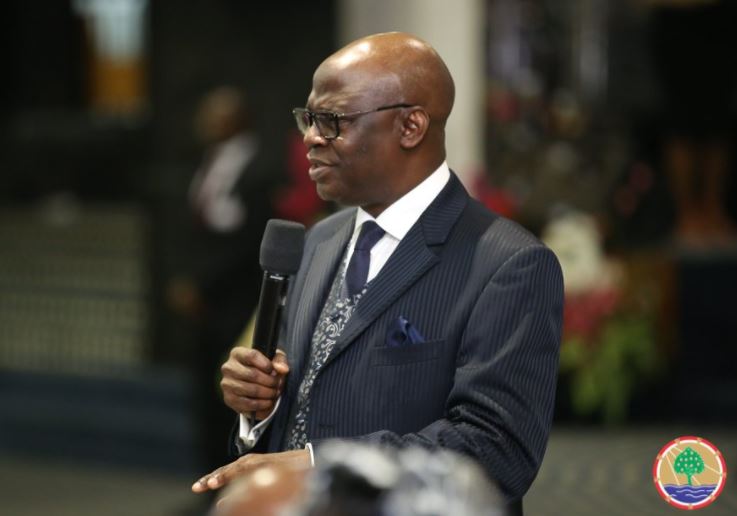Zamfara state government has done little or nothing on the recommendations submitted by a 24-man committee tasked, in 2012, to carry out an extensive assessment of the state’s primary education, TheCable can report.
Carved out of Sokoto state in 1996, Nigeria’s north-western state of Zamfara, since creation, has been on the list of educationally less developed states.
In a 134-page document obtained by TheCable, the committee raised its worries over the state’s consistent poor performance in virtually all indicators of education, such as literacy rate, gross enrolment rate, NECO/WAEC/NABTEB/JAMB results and admissions into universities — all these emanating from poor foundation.
THE TERMS OF REFERENCE
The committee, chaired by Tukur Adamu, a professor from Usmanu Danfodiyo University, Sokoto, was given 13 terms of reference.
Advertisement
Among others, it was to examine the effectiveness of the institutional management structure in the primary education sub-sector; check the condition of structures and instructional materials; check areas that require additional structures and or schools; check the number and quality of teachers. The committee would not only check these problems militating against functional primary education in the state, it would make recommendations.
At the maiden meeting held, October 23, 2011, at the conference hall of Zamfara State Universal Basic Education Board (ZSUBEB) in Gusau, a list of membership of the committee was drawn up by relevant stakeholders, and terms of reference of the committee streamlined and adopted.
In subsequent meetings, committee members were divided into 7 teams, this, in addition to a central coordinating team. Each team was assigned 2 local governments, covering the 14 local government areas in Zamfara state.
Advertisement

THE FINDINGS
The law establishing ZSUBEB provides for free and compulsory basic education for every child at primary and junior secondary school age. Section 5, sub-section 1 of the law provides that every parent shall ensure that his child receives full-time education suitable to his age, ability and aptitude in the regular school.
The committee, however, found that most parents deny their children this opportunity to exercise their right to free and compulsory education, and some withdraw them before completion, thus resulting into a low enrollment and retention rate for the state.
Section 19 of the law provides for the appointment of education secretary who shall hold office for a period of 3 years in the first instance and renewable for a further period of 3 years and no more.
The committee’s findings would reveal that almost all the education secretaries have exceeded their terms of office, as some have been on the post for up to 10 years.
Advertisement
Sections 18, 23, and 24 provide for the establishment of local government education committee and area development council education committee, made up of persons representing various interest groups.
It was discovered that these committees do not exist across the local government areas, and by this, education secretaries operate as sole-administrators.
There are a total of 1,420 primary schools in Zamfara state. Of these, 1,314 (92.54%) are public, while 106 (7.46%) are private.
Advertisement
Bungudu local government area has the highest number of public schools with 126, while Bakura local government area has 61.
The committee found out that some of the public schools exist only in name because they have no single structure. Some operate in makeshift structures, mosques, Qur’anic schools and under trees. This presents a clear evidence of poor and substandard construction of classroom blocks in almost all the schools, judging from the large number of those that collapsed completely as well as those in various degrees of dilapidation, and many have since remained abandoned projects.
Advertisement
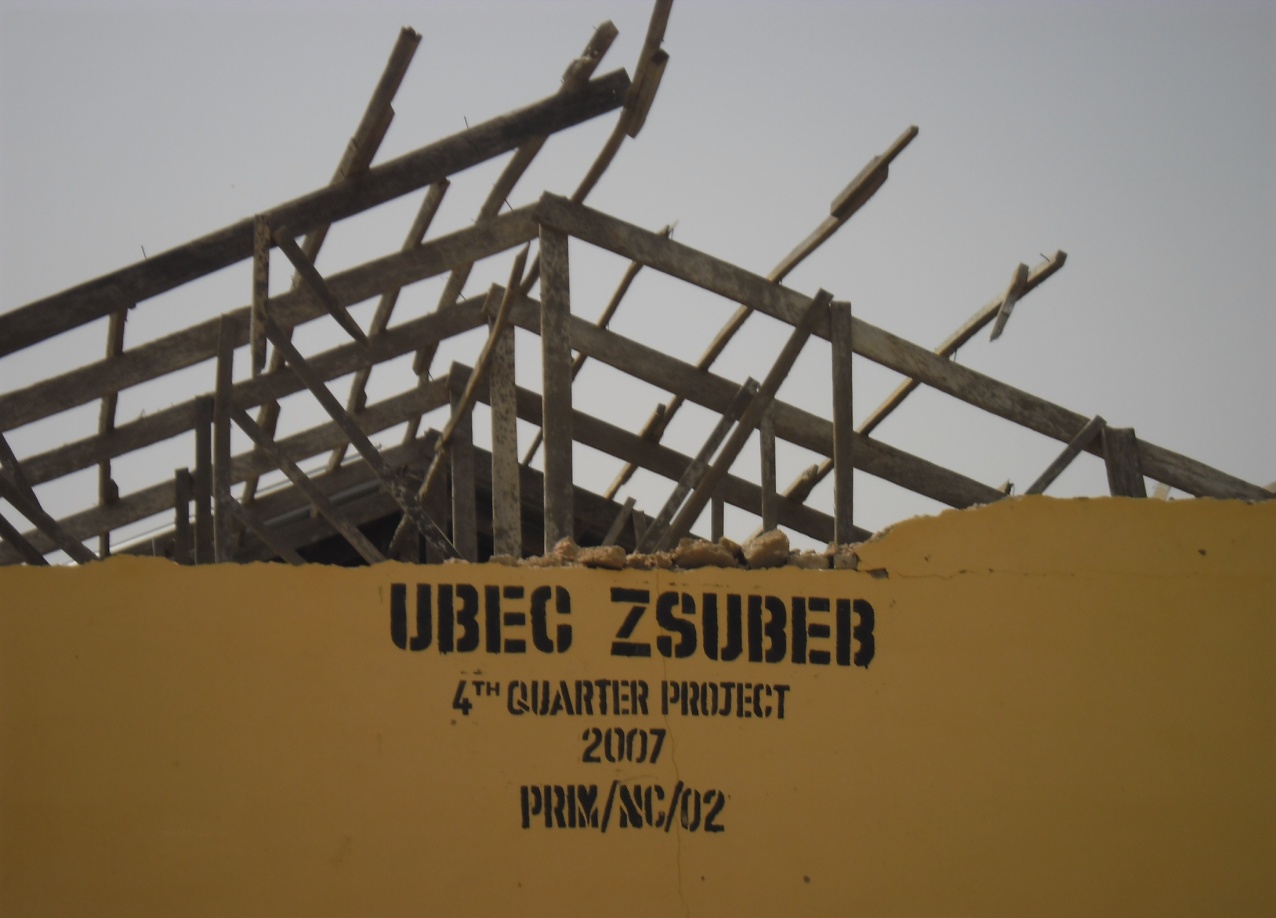
There is a disparity in enrolment between urban and rural schools, the committee found out. And, this is evident in the overcrowding of the urban schools, while the rural ones are virtually empty. Danturai Primary School in Gusau, Namoda Model Primary School in Kaura Namoda, A. M. Dogo Primary School in Talata-Mafara and a host of others, are all typical examples of schools with overcrowded classes where the numbers range from 150 and above. Maradawa Primary School in Kaura Namoda local government area, Danhalima Primary School in Tsafe local government area, and others, on the other hand, have not much to show on their attendance registers.
Identifying factors responsible for low enrollment of pupils, the committee blamed concerned authorities with primary education in the state who failed to appropriately utilize the available resources. Government’s negligence in ensuring proper running of the sector, apathy towards western education by the parents especially in the rural areas— whereby they prefer to have their children engaged in farming and mining activities, crushing precious stones, cattle rearing, hawking, lack of commitment on the part of teachers and head teachers in the discharge of their duties diligently, were factors responsible for low enrollment.
Advertisement
The committee also observed that virtually all recently established junior secondary schools were carved out of the existing primary schools. Sarkin Kudu Primary School in Gusau, and other affected schools lost their classrooms, playgrounds to these junior secondary schools.
It was discovered that some private schools share classrooms with public ones on shift basis, and this forces the affected schools to close early so as to give way to the private schools. Examples of such schools are Dan-Turai Primary School in Gusau; Namoda and Sabon Gari Primary Schools in Kaura Namoda.
Advertisement
Many of the private schools are operating under structures unsuitable for learning. For example, residential buildings are converted to schools— using verandas, garages and bedrooms as classrooms.
The committee found that despite the existence of primary schools in all the local government areas, there are still some communities without schools.
As stipulated by the National Policy on Education (NPE, 2004), the maximum number of pupils per teacher in a classroom should not exceed 40. In Zamfara state, however, a total number of 966 unusable classrooms were discovered, and considering the present enrollment of 283,055, the pupil-classroom ratio (PCR) is 72:1 as against 40:1.
For the classrooms furniture, 35,016 were counted to be in good condition, while 7,890 were in bad condition. And, going by the enrollment of 283,055, the schools needed additional 240,149 furniture items to provide seating to every school child.
However, given the millennium development goals (MDGs) and education for all (EFA) goals, the ultimate target was to get all the 666,544 school-age children in the state in school by the year 2012, which means that the projected furniture requirement would be 666,544 seats for all the projected pupils.
Assessing the number of qualified teachers in the state, the committee found out there were teachers with no proper knowledge of the subjects they teach pupils. The number of qualified teachers is grossly inadequate compared to the number of primary schools and school age children in the state, this, revealed by the committee, noting that the implication is poor teaching delivery.
A total of 3,113 (representing 35.95%) teachers were found qualified as against the overall total of 8,660 in the state, thereby leaving a total of 5,547 (64.05%) teachers who were not qualified to teach.
As regards pupil-qualified-teacher-ratio, the overall state ratio is 91:1 pupils per qualified teacher. The uneven distribution of these teachers was evident in Birnin Magaji local government area where the percentage of qualified teachers was 17.96%. Maru local government area had the worst pupil-qualified-teacher-ratio with 187:1 pupils to a qualified teacher. The highest percentage of qualified teachers, however, is from Gusau local government area with 53.55%.
As mandated by the National Policy on Education (2004), National Certificate in Education (NCE) is the minimum teaching qualification at the primary school level. In Zamfara, however, the committee’s findings showed only few teachers having teaching qualification.
As the productivity of teachers is not easily detached from their welfare, it was revealed that Zamfara gave so little to its teachers as remuneration. Zamfara teachers do not enjoy the normal salary increment like their counterparts in other states. Lack of regular promotion was discovered, where sometimes a teacher spends up to 10 years without promotion, and in most cases, those promoted do not enjoy the financial benefit.
Where each primary school is expected to have a minimum of 4 teachers, one for each of the 4 core subjects, in addition to a head teacher, findings revealed 233 primary schools in the state have only 1 teacher each, while a total of 298 schools have only 2 teachers each. In cumulative terms, about 42% of the primary schools in the state have between 1 and 2 teachers only. The implication is that a single teacher inevitably teaches almost all the subjects, and this is more serious in a situation where a school has more than one class as the teacher is forced to merge the classes.
Primary schools in Zamfara were found to be lacking in instructional materials such as; blackboards, charts, maps, diagrams, world globes, projectors, radios, television, tape recorders and computers. Generally, most of the classes do not have good blackboards, the committee’s report stated, adding that some of them do not even have any at all.
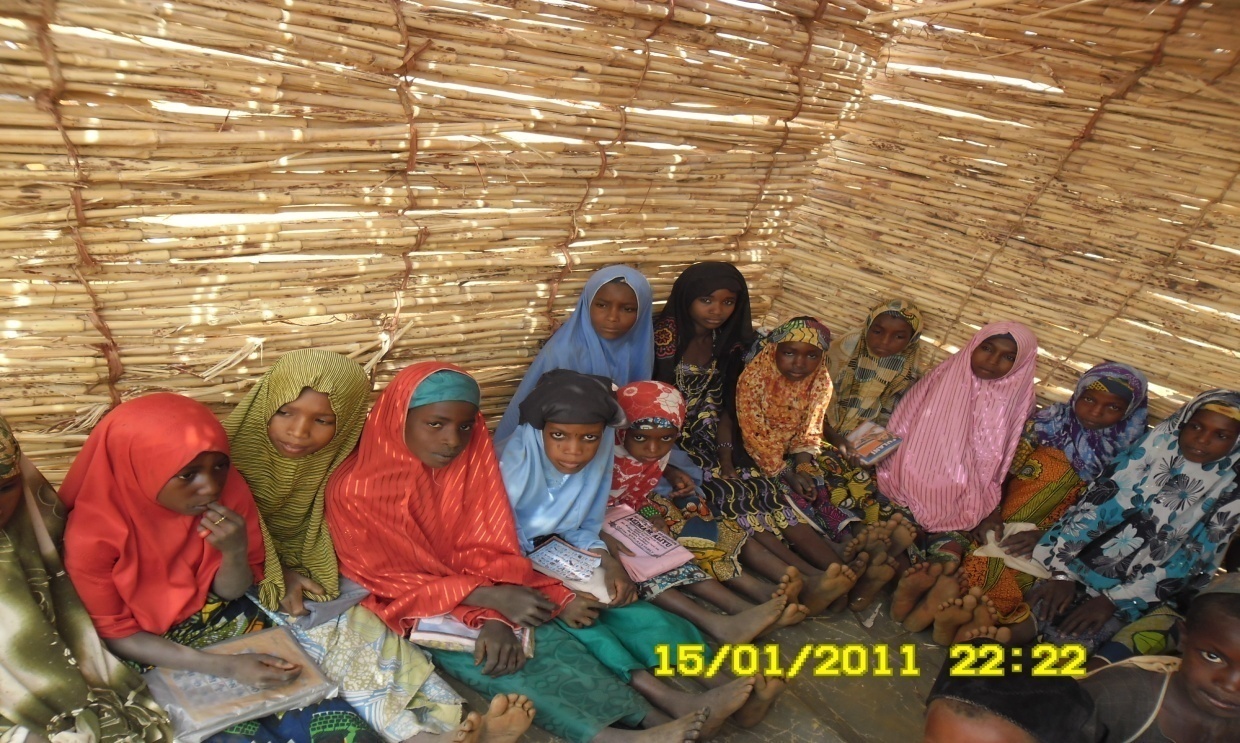
With an enrollment of 283,055 pupils and given the available number of 690, 362 textbooks covering the 4 core subjects (English, Mathematics, Basic Science and Social Studies), on average, each pupil will get 2.44 units of textbooks— instead of at least 4 in the core subjects— hence not meeting the UBE policy of one child to a book in each of the core subjects.
This was traced to the delayed distribution of textbooks by the Zamfara State Universal Basic Education Board (ZSUBEB), Local Government Education Authorities (LGEAs) and head teachers. It was also gathered that textbooks meant for pupils were being diverted.
THE RECOMMENDATIONS
A Zamfara state strategic plan designed to run from 2012 through 2016 placed its focus on making provision for quality basic education by creating conducive atmosphere for teaching and learning, and ensuring every school age child is enrolled and retained.
It was against this background, and following the committee’s findings that extensive recommendations were submitted to the Zamfara state government.
In the document obtained by TheCable, the committee listed 75 solutions to solving problems that have held back primary education in the state.
Amongst others, the committee recommended for the government to adopt measures to cajole, and where necessary, sanction defiant parents who refuse to enroll their children in, or withdraw them from, school. In February, enrollment had increased when the state benefited from the federal government’s National Homegrown School Feeding Programme that provided a meal per day for pupils. TheCable investigation, however, showed pupils had returned to farming as they got fed for only 10 days.
The committee urged the need for the ministry of education to institute proper mechanisms to help in the co-ordination of all agencies under the ministry, and most importantly, public primary schools operating in mosques, Qur’anic schools, mud buildings, or under tree sheds should be provided with conventional school structures. It was added that all dilapidated and collapsed primary schools should be reconstructed as soon as possible so that pupils can resume normal classes. Construction of 55 additional primary schools for the communities identified was also recommended, and all existing blackboards in bad condition should be replaced immediately and in the long run, new classes constructed should be provided with whiteboards.
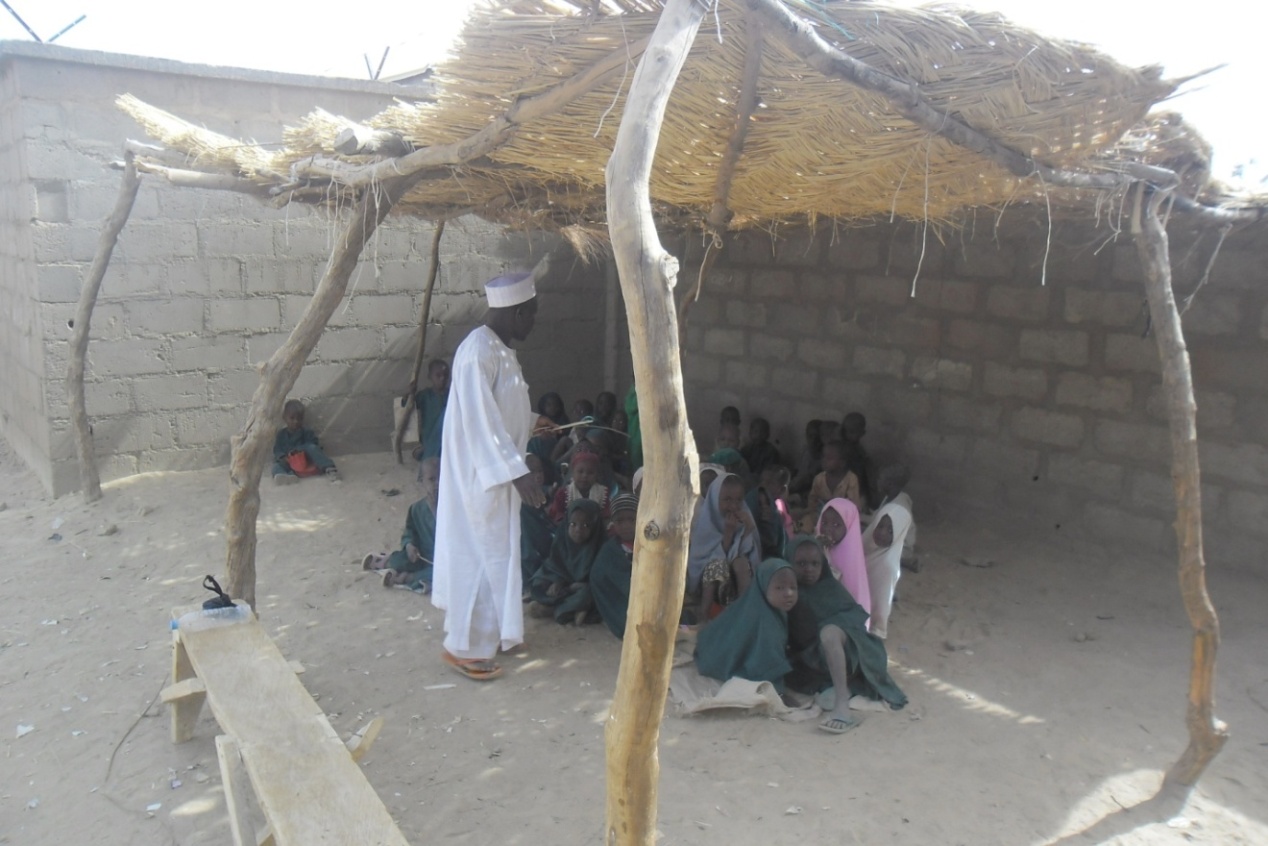
To solving the problem of inadequacy of teachers in the state, it was recommended for government to embark on mass recruitment of qualified teachers in the short run, adding that teachers’ salaries should be made attractive in order to entice more people with the teaching qualification.
The committee urged the government to ensure that each primary school has a minimum of five teachers, including the head teacher.
FIVE YEARS AFTER, NOTHING IMPLEMENTED
“I can’t even feed my small family with what the government pays me,” an assistant head teacher in Zurmi local government area told TheCable when the newspaper visited. He complained bitterly not only about the low pay, also the delay in getting paid.
In Kaura Namoda local government area, one head teacher who spoke with TheCable explained how his teachers slump when they stand for few hours, teaching. “Because, these teachers are underpaid and they are hungry,” he lamented.
Tens of head teachers who spoke with TheCable said despite their low pay, they are responsible for buying chalks and other instructional materials that should have been provided by the government. “When I got tired, I had to start begging parents to donate chalks for the school,” a frustrated head teacher said.
However, Zamfara state 2015 approved budget, reviewed by TheCable, showed that N1, 150, 000, 000b was allocated for the provision of school facilities across the state and another N 1, 000, 000, 000b for the renovation of school structures. Plan allocation for 2015-2017 to provide school facilities is N 3, 625, 375, 000b while N3, 152, 500, 000b is for school renovation for 2015-2017. N100, 000, 000m was approved to provide furniture to schools in 2015.
In 2014, N150, 000, 000m was approved for the purchase of textbooks for schools, N100, 000, 000m approved for same purpose in 2015 while N105, 000, 000m and N 110, 250, 000m were proposed for 2016 and 2017 respectively. A summary of FGN-UBE direct intervention project as at 31st March, 2016 showed that between 2009 and 2014, Zamfara state was given 3, 484, 959 textbooks.
In 2015, N500, 000, 000m was approved for the state’s UBE ‘special intervention’ in primary education, and N525, 000, 000m and N 551, 250, 000m were proposed for 2016 and 2017 respectively. A document , Medium Term Sector Strategy 2015-2017, released by the state’s ministry of education in 2015 put N36, 678, 234 , 170b as the approved budgetary allocation to Education Sector priorities for the years, 2015, 2016, and 2017.
In a January, 2017 publication by Education Data Research and Evaluation in Nigeria (EDOREN), it was again revealed that there are large shortages of teachers in Zamfara’s public primary schools and these have worsened in recent years. It was also noted that there are few mechanisms in place to ensure that the most competent or qualified NCE graduates are the first to be recruited. A summary of FGN-UBE direct intervention project, however, disclosed that 2, 903 teachers were recruited by the federal government for Zamfara state between 2006 and 2015.
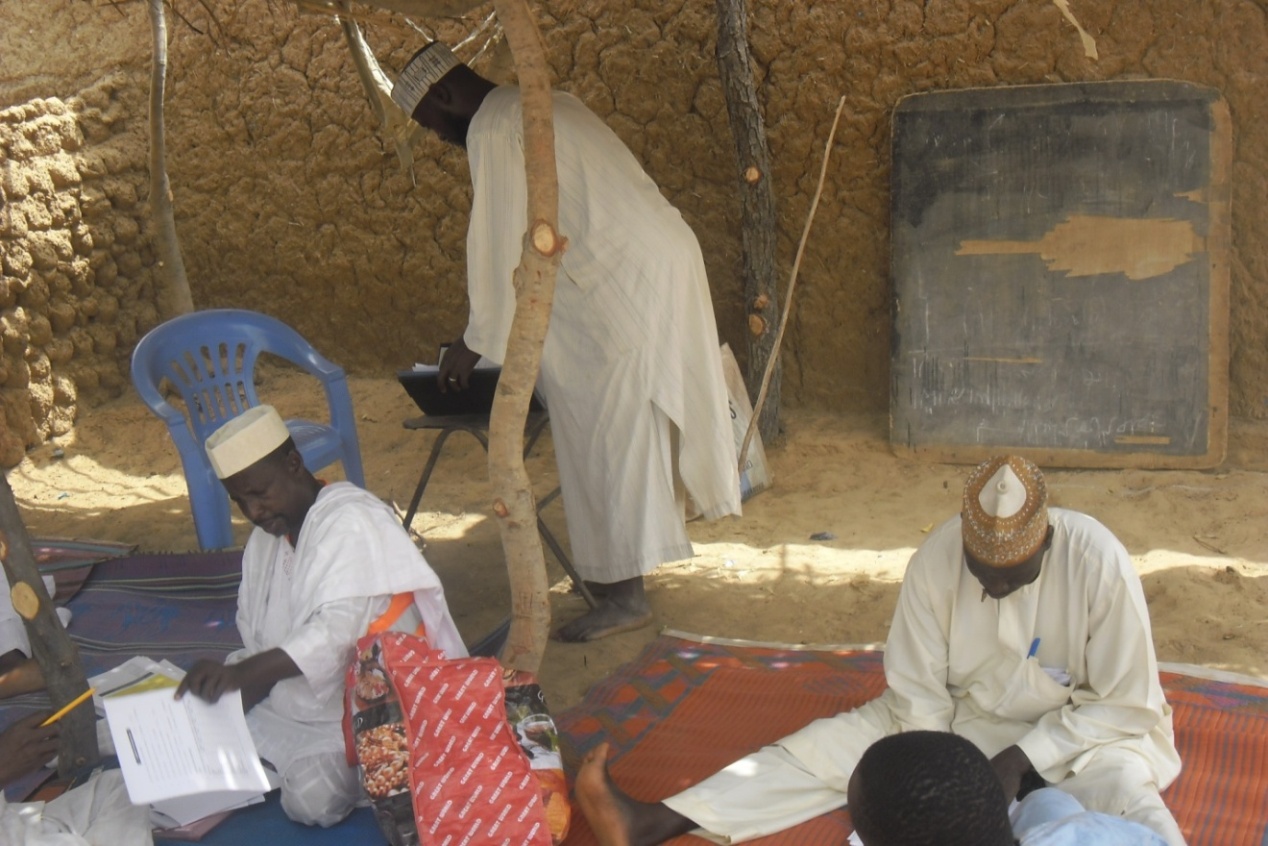
“I am the head teacher, I am the assistant head teacher, I am the mathematics, English and social studies teacher, help me beg the government to give me teachers,” an angry head teacher in Moriki told TheCable to extend his appeal to the government.
“Nothing has been done!” screamed one of the members of the committee set up to assess primary education in the state. Speaking, anonymously, with TheCable in Gusau, he said, “the committee was chaired by Professor Tukur Adamu who invited professors from Danfodio in Sokoto, Kano and Zaria to join him. We entered into villages to assess primary education, and we submitted the report in 2012 and nothing has been done ever since.
“The government gets billions of naira from UBEC as counterpart funding, yet our primary education remains in shambles. Textbooks from UBEC have been diverted, because we didn’t see any. Schools with only one teacher and some schools don’t have teachers at all. Since this government came in, not a single teacher has been employed, and that’s when the government sacked teachers employed by the previous administration. In our assessment, we discovered hundreds of ghost teachers and the government wouldn’t act on this so some people in that government can continue to claim ghost teachers’ salaries.
“Go to any local government and you will see NCE holders receiving 8,000 as salary while our neighbouring states are paying 45,000 to NCE holders.”
The source said, over the years, Zamfara state has received funds from foreign donors to support basic education but the money never got used for the purpose which it was received. In his own effort, pained by the lack of teachers in his community, he had gathered over 50 jobless graduates to teach in schools and all he can afford to pay, since 2011, has been N5, 000 per teacher. “When the government fails in its own responsibility, some of us wouldn’t fold our hands and watch our children waste away. I had to call on concerned friends to put money together so we can pay these people to teach our children.”
Tukur Adamu, the don who chaired the committee, is unsure if the recommendations of his committee have been implemented. “I was only given an assignment to assess and make recommendations,” Adamu told TheCable. “I am not in government and not in a position to tell you the level of implementation. We did our job, submitted our report with recommendations. There should be a project implementation committee who should know if the recommendations are being implemented. I cannot actually tell you how far they (government) have gone.”
Adamu, however, said he understands that some schools were renovated, and he maintained how difficult it is to, on the surface, give details of how far the recommendations have been implemented. “Relevant government officials should have more details,” he said.
IN SEARCH OF ANSWERS
When asked if the recommendations to fix primary education in Zamfara submitted by ZSPEAC in 2012 have been implemented, and the whereabouts of over 3m textbooks given the state by UBEC, the state SUBEB chairman, Murtala Adamu, who had earlier, in a telephone conversation with TheCable, denied knowledge of any submitted recommendations, sent in a text message labeling TheCable’s correspondent as an ‘unserious journalist.’
“If I answer yes and it is true, so, what can you sensibly write with the answers?” he wrote.
Moukthar Lugga, the state’s commissioner for education, however, insisted that only the state’s SUBEB chairman can give accurate answers to questions thrown at the ministry. “Textbooks for primary school are ordinarily projects that will be undertaken by SUBEB,” Lugga told TheCable. “SUBEB is an entity on its own, even though it reports to the ministry of education, they have within their mandate power to award such contracts and supply basic educational materials.”
The commissioner claimed ZSPEAC’s recommendations have been implemented. “One of the things they recommended is happening right now,” he said. “They recommended refurbishment of facilities in schools. The governor has given approval and contracts have been awarded to refurbish, renovate and expand 105 primary schools across the state. If you go to Zamfara state, you will meet 45 that have already been renovated. You will meet another 55 projects in progress, and that makes 105.” He also added that recruitment of teachers is ongoing.
The commissioner, however, couldn’t give a name of any primary schools that has been renovated. And, as against what was in the approved budget, he claimed that much more has been spent on education.
There is a need for an urgent intervention in Zamfara state’s primary education system, but it appears the government is not aware of this urgency, or it is deliberately ignoring it.
Five years after recommendations were made and not much has been done for primary education, the state, again, has inaugurated a committee to assess secondary school education in the state. And when the committee is yet to submit its final report, the state government in July, 2017, awarded contracts of over N591m for the renovation of two day secondary schools; Government Girls Day Secondary School, Bungudu and Government Day Secondary School, Danbaza.
This is a special investigative project by Cable Newspaper Journalism Foundation (CNJF) in partnership with TheCable, supported by the MacArthur Foundation. Published materials are not the views of the MacArthur Foundation.



